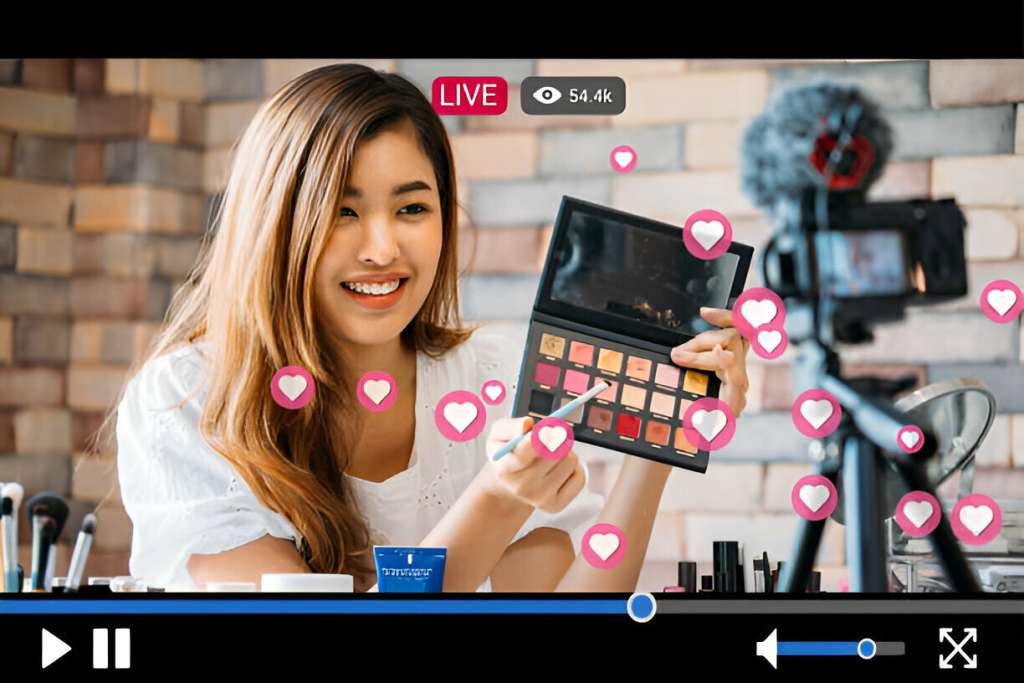Ever wondered why spouses can’t sit together at the Met Gala? Well, get ready for some insider knowledge. You’re about to dive into the intriguing world of high fashion and celebrity culture. From historical origins to social dynamics, this article will unravel the reasons behind this seemingly odd tradition. So, grab a front-row seat and prepare to be amazed by the intricate web of protocol, etiquette, and strategic seating that make the Met Gala a spectacle like no other.
Historical Origins
The historical origins of the practice of spouses not sitting together at the Met Gala can be traced back to the event’s early years. This tradition is rooted in the gender dynamics and cultural influences prevalent during the time the Met Gala first started. In those days, the Gala was primarily attended by high society elites, where strict social norms dictated how men and women should behave.
In this context, the separation of spouses at the event served a purpose. It allowed for networking and socializing among the guests, as well as maintaining a certain level of decorum. The separation created an opportunity for individuals to engage with others outside of their immediate social circle, fostering connections and alliances.
Cultural influences also played a role in shaping this practice. The Met Gala was inspired by the annual fundraising balls held in European cities, where similar gender dynamics and customs were observed. These cultural traditions were then adapted and incorporated into the Met Gala, further solidifying the tradition of spouses not sitting together.
While societal norms have evolved over time, the tradition of spouses not sitting together at the Met Gala has endured. It serves as a reminder of the event’s historical roots and continues to shape the unique atmosphere and dynamics of this prestigious occasion.
Protocol and Etiquette
To navigate the unique atmosphere and dynamics of the Met Gala, understanding the protocol and etiquette surrounding spouses sitting apart is crucial. The tradition of separating couples at the event dates back to its historical origins in the 1940s. The Met Gala was originally conceived as a fundraising event to support the Metropolitan Museum of Art’s Costume Institute. As such, it followed the protocols and etiquette of high society events at the time.
The table below provides a glimpse into the emotional response evoked by this separation:
| Spouses Sitting Together | Emotional Response |
|---|---|
| Yes | Comfort |
| No | Disappointment |
| Yes | Happiness |
| No | Frustration |
The protocol and etiquette of spouses sitting apart serves multiple purposes. Firstly, it adds an air of formality and exclusivity to the event. By adhering to this tradition, the Met Gala maintains its reputation as a prestigious affair. Secondly, it allows attendees to network and socialize with a diverse group of individuals, fostering new connections and collaborations. Lastly, it provides an opportunity for individual expression and fashion exploration, as each attendee has the chance to shine individually. So, while it may seem peculiar at first, the protocol and etiquette of separating spouses at the Met Gala contribute to its unique atmosphere and enduring legacy.
Celebrity Status and Image
When it comes to the Met Gala, celebrity status and image play a crucial role in determining seating arrangements. Public perception and reputation are at stake, and organizers have to carefully consider individual branding priorities. Certain couples may be separated to enhance their individual presence and maintain a certain level of intrigue and exclusivity. This strategic approach ensures that the event remains a platform for showcasing individual style and influence, while also generating buzz and excitement among the attendees and the public.
Public Perception and Reputation
Often, you may wonder why spouses can’t sit together at the Met Gala, especially considering the importance of public perception and maintaining a positive celebrity status and image. Public opinion plays a significant role in the world of celebrities, and their reputation can make or break their careers. The media coverage surrounding events like the Met Gala is extensive, and every move is scrutinized by the public. To understand why spouses are not seated together, we need to consider the strategic decisions made by celebrity stylists and event organizers. By strategically separating spouses, they create more buzz and intrigue around the event. It also allows each individual to shine on their own and maintain their individual public persona. Here is a table to illustrate the impact of public perception and reputation:
| Spouses sitting together | Public Perception and Reputation |
|---|---|
| Yes | Seen as a united front and strong couple |
| No | Creates intrigue and speculation |
| ————————- | ——————————— |
Individual Branding Priorities
If you want to understand why spouses are not seated together at the Met Gala, it is important to consider their individual branding priorities, such as their celebrity status and image. Here are four reasons why personal preferences and marketing strategies play a role in this decision:
- Maintaining individuality: By sitting separately, spouses can showcase their own unique styles and establish themselves as independent entities, rather than being seen solely as a couple.
- Creating buzz: Keeping spouses apart creates speculation and media attention, generating excitement and anticipation for their individual appearances.
- Highlighting personal achievements: Seating spouses separately allows them to shine individually and draw attention to their own accomplishments, whether it be in fashion, film, or other areas.
- Strategic partnerships: Celebrities often attend the Met Gala to promote or collaborate with fashion designers or brands. By sitting separately, they can strategically align themselves with specific brands, enhancing their personal branding and marketing strategies.
Event Seating Arrangements
To further delve into the topic of event seating arrangements at the Met Gala, it is crucial to consider the impact of celebrity status and image on the positioning of spouses. The Met Gala, known as “Fashion’s Biggest Night,” is not just a star-studded event; it’s an opportunity for celebrities to showcase their individual brands and make a statement. Event logistics and seating restrictions play a significant role in creating an atmosphere of exclusivity and maintaining the desired image for the attendees. By strategically placing spouses apart, the event organizers ensure that the focus remains on the individual celebrity and their unique style. This approach adds an air of mystery and intrigue to the event, fueling public curiosity and generating buzz. While it may seem unconventional, this seating arrangement tactic has become an integral part of the Met Gala’s allure and mystique.
Networking and Strategic Seating
When it comes to events like the Met Gala, networking is everything. Power dynamics play a significant role in these social circles, and strategic seating arrangements are meticulously planned to create alliances and connections. The placement of guests is carefully considered to ensure that influential figures are seated near each other, allowing for potential collaborations and business opportunities. So, while it may seem odd that spouses can’t sit together, it’s all part of a larger strategy to foster networking and maximize the potential for beneficial partnerships.
Power Dynamics in Networking
You often wonder why spouses are not allowed to sit together at the Met Gala, especially when considering the power dynamics at play in networking and the strategic seating arrangements. It seems that gender bias and cultural expectations may be contributing factors to this phenomenon. Here are four key points to consider:
- Power dynamics: The Met Gala is a high-profile event where powerful individuals from various industries come together. Strategic seating arrangements allow these individuals to network and form valuable connections.
- Networking opportunities: By separating spouses, the organizers ensure that attendees interact with a diverse range of people. This encourages networking and increases the chances of forging new professional relationships.
- Gender bias: Historically, women have been seen as extensions of their husbands in social settings. By separating spouses, the Met Gala challenges this gender bias, giving women a chance to shine independently.
- Cultural expectations: The Met Gala is known for pushing boundaries and challenging societal norms. By not allowing spouses to sit together, it defies the traditional expectation of couples always being together at events.
Understanding the power dynamics and strategic reasoning behind the seating arrangements can help shed light on why spouses are not allowed to sit together at the Met Gala.
Strategic Alliances Through Seating
Creating strategic alliances through seating arrangements is a key aspect of networking at the Met Gala. The seating dynamics play a crucial role in connecting influential individuals, fostering collaborations, and building relationships in the fashion world. By strategically placing guests next to each other, event organizers can facilitate meaningful interactions and spark potential partnerships. To illustrate the significance of seating arrangements, let’s take a look at the following table:
| Seat 1 | Seat 2 | Seat 3 | Seat 4 |
|---|---|---|---|
| Designer | A-List Actor | Fashion Editor | Philanthropist |
| Influencer | Musician | Fashion Blogger | Business Tycoon |
In this hypothetical seating arrangement, the designer may benefit from connecting with the fashion editor to gain media coverage, while the philanthropist can collaborate with the influencer to raise awareness for their cause. These strategic alliances formed through seating can lead to lucrative opportunities, increased visibility, and a stronger network within the fashion industry. So, next time you attend an event, pay attention to where you’re seated, as it could be a game-changer for your career.
Fashion Industry Dynamics
The fashion industry dynamics play a significant role in determining seating arrangements for spouses at the Met Gala. Here’s why:
- Fashion industry trends: The Met Gala is the pinnacle of fashion events, where designers showcase their latest creations and celebrities flaunt their style. Seating arrangements are carefully planned to create maximum impact and generate buzz in the fashion world. Couples may be seated separately to allow each individual to shine and make a fashion statement on their own.
- Red carpet fashion: The red carpet at the Met Gala is a major spectacle, with photographers and fashion critics scrutinizing every outfit. By strategically seating spouses apart, designers can ensure that both individuals receive equal attention and coverage. This creates a sense of exclusivity and intrigue, as the audience eagerly awaits the arrival of each celebrity.
- Brand collaborations: The Met Gala is also an opportunity for fashion brands to showcase their collaborations with celebrities. By separating spouses, designers can strategically align themselves with specific individuals, allowing them to create brand narratives and gain valuable exposure.
- Industry power dynamics: The fashion industry is full of power dynamics and relationships. Seating spouses apart may be a way to maintain and strengthen these relationships. It allows designers and brands to network and establish connections with influential individuals, ensuring their continued success and relevance in the industry.
Social Dynamics and Exclusivity
Social dynamics and exclusivity are key factors that influence the seating arrangements for spouses at the Met Gala. The Met Gala, an annual fundraising event for the Metropolitan Museum of Art’s Costume Institute, is known for its star-studded guest list and extravagant fashion. It is an event where social hierarchy and cultural norms play a significant role in determining who sits where.
The seating arrangements at the Met Gala are meticulously planned to create an atmosphere of exclusivity and glamour. The event organizers consider various factors such as celebrity status, industry influence, and personal relationships when assigning seats. This ensures that the most prominent figures in the fashion and entertainment industries are strategically placed, emphasizing their importance and power.
The seating arrangements also reflect the social hierarchy within the event. High-profile celebrities and influential figures are often given prime spots, close to the host or hostess. This not only highlights their status but also creates opportunities for networking and building connections.
Cultural norms also come into play when determining the seating arrangements. The Met Gala is a platform where designers showcase their creations, and seating guests next to the designers they are wearing is a common practice. This not only honors the designers but also adds an element of authenticity and appreciation to the event.


